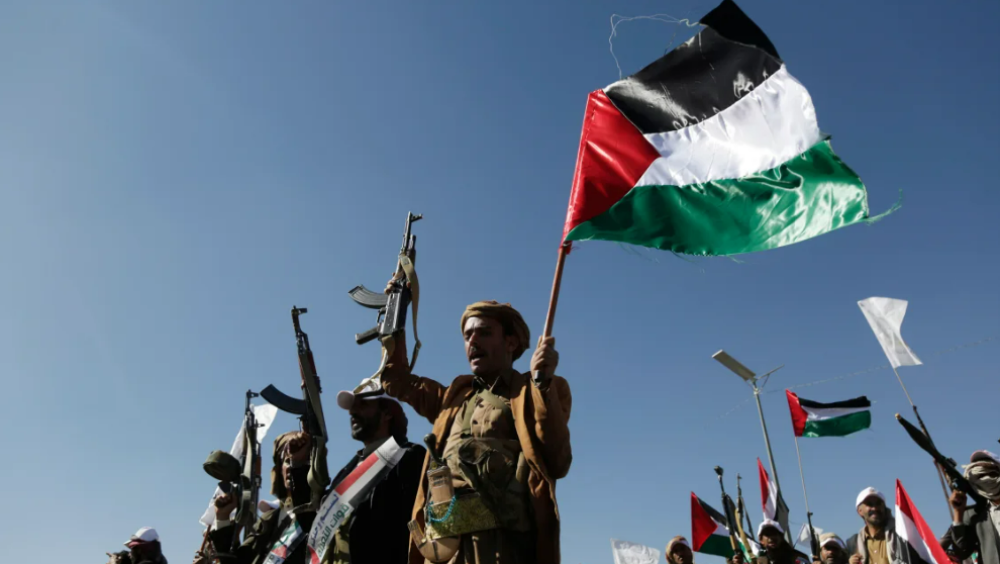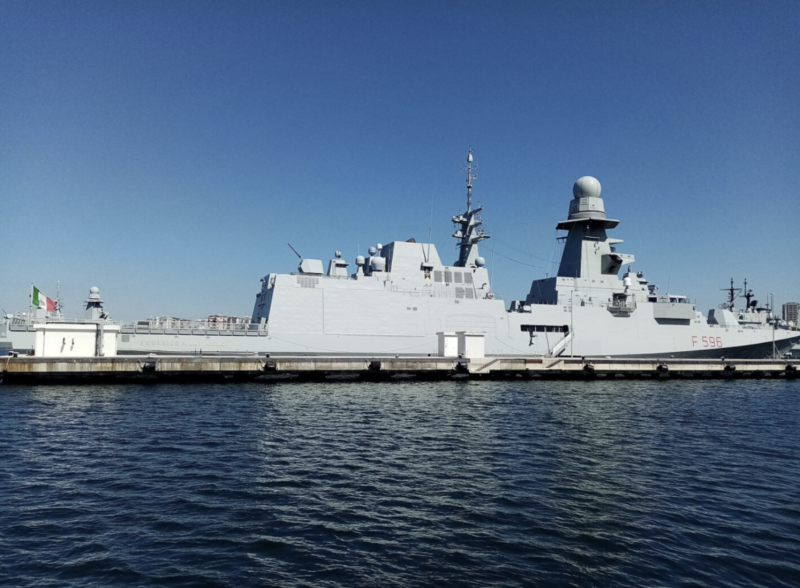US intelligence assesses Houthis in Yemen in talks to provide weapons to al-Shabaab in Somalia, officials say


US intelligence has learned of discussions between Houthis in Yemen to provide weapons to the Somali militant group al-Shabaab, in what three American officials described to CNN as a worrying development that threatens to further destabilize an already violent region.
Officials are now searching for evidence that Houthi weapons have been delivered to Somalia, and are trying to work out whether Iran, which provides some military and financial support to the Houthis, is involved in the agreement.
The US has been warning countries in the region about this possible cooperation in recent weeks, according to a senior administration official, and African countries have also begun to proactively bring it up with the US to raise their concerns and get more information.
“This is a pretty active area of conversation that we’re having with countries on both sides of the Red Sea,” this person said. “And it’s being viewed with a considerable seriousness.”
It’s not a natural alliance for the two groups, which are divided by sectarianismand are not known to have had a relationship in the past. The Houthis are Zaydi Shiites, and al-Shabaab traditionally has been deeply ideologically opposed to Shiism. But they are separated by only a single body of water — the strategically significant Gulf of Aden — and they both count the United States as a top enemy.
The intelligence raises the alarming possibility that a marriage of convenience could make things worse both in Somalia and in the Red Sea and the Gulf of Aden, where the Houthis have launched regular attacks on commercial shipping and US military assets since the war in Gaza began.
A potential deal could offer a new stream of financing for the Houthis, at a time when US officials say there are signs that the group’s primary patron, Iran, has some concerns about the group’s attack strategy. “Being able to sell some weapons would bring them much needed income,” the senior administration official said.
For al-Shabaab, it could provide access to a new source of weapons — including potentially drones — that are far more sophisticated than their current arsenal and could offer the group the ability to strike US targets.
There has been some routine smuggling of both small arms and commercial material between different groups in Yemen and Somalia for years. But a weapons agreement between al-Shabaab and the Houthis would be something new, according to US officials.
“It would be the clearest sign that two organizations that are, ideologically, diametrically opposed to one another — that they prioritized something they have in common, which is hostility towards [the United States],” said Christopher Anzalone, a professor at the Marine Corps University’s Middle East Studies department. “It would be very significant because it shows there is a level of pragmatism in both organizations.”
Any form of military cooperation between the Houthis and al-Shabaab could also undermine an informal, and fragile, ceasefire between the Houthis and Saudi Arabia that has held since 2022, the senior administration official said. And it would “definitely” go against the spirit of a proposed UN roadmap for a more lasting peace, the official said.
“We still have a strong interest in supporting the roadmap process in Yemen,” the official added, “but this sort of trafficking between the Houthis” and al-Shabaab “would certainly complicate and undermine that effort.”
Officials say at this point, they aren’t sure what kinds of weapons the Houthis might provide to al-Shabaab. Right now, the Somali group generally only has access to rockets, mortars and homemade IEDs that it has used in its fight against the Somali government — deadly, but relatively smaller arms. The Houthis, by comparison, have weaponized drones, including underwater drones. They also have short-range ballistic missiles. There is a sense that the deal would cover “bigger kit” than just rockets and mortars, said one US official, but beyond that, the intelligence is murky.
No matter what the Houthis provide, there’s likely limited opportunity for al-Shabaab to fire directly at US assets in the region. Even if the Houthis were to provide them with some of the smaller missiles the group has used to target US MQ-9 drones, Anzalone said, al-Shabaab would likely have to fire them from the north of the country. Pockets of that region of the country are controlled by an increasingly powerful branch of ISIS. Al-Shabaab is often fighting to contest territory there, and as a result, has a much more limited presence and freedom to maneuver.
“They would love to do that,” Anzalone said, referring to striking directly at US assets. Al-Shabaab views the internationally recognized government of Somalia as a puppet of the United States. But, he said, “I think they would find it hard to do. This is where the intra-jihadist fighting between Shabaab and ISIS is the heaviest.”

Mokha — Yemen is entering a highly sensitive stage as political and military developments accelerate, raising mounting warnings over the resu…

Red Sea — The European naval mission tasked with safeguarding international shipping lanes announced that an Italian frigate operating under…

Paris – The French Ministry of Foreign Affairs issued a statement expressing deep concern over the situation in Yemen, while reaffirming its…